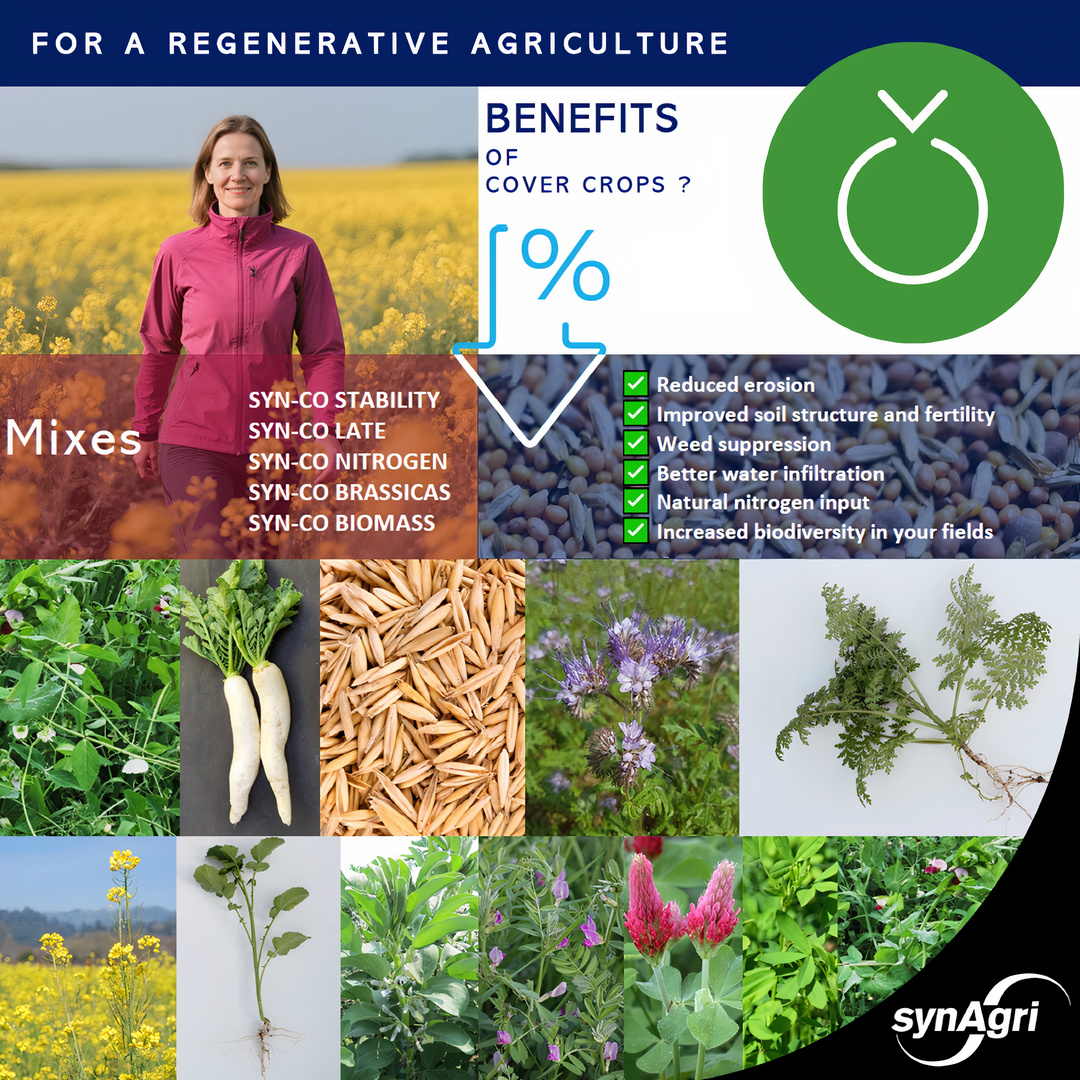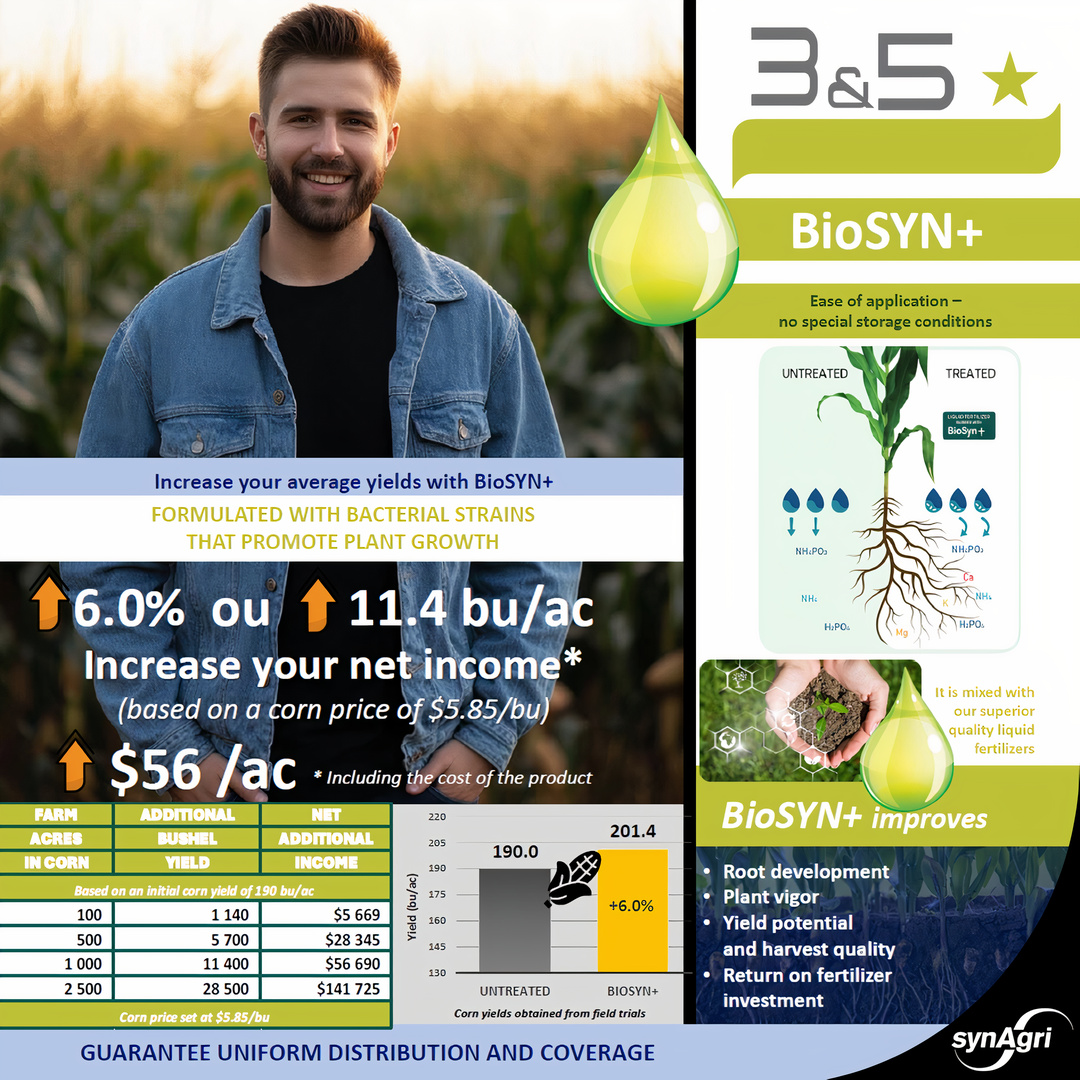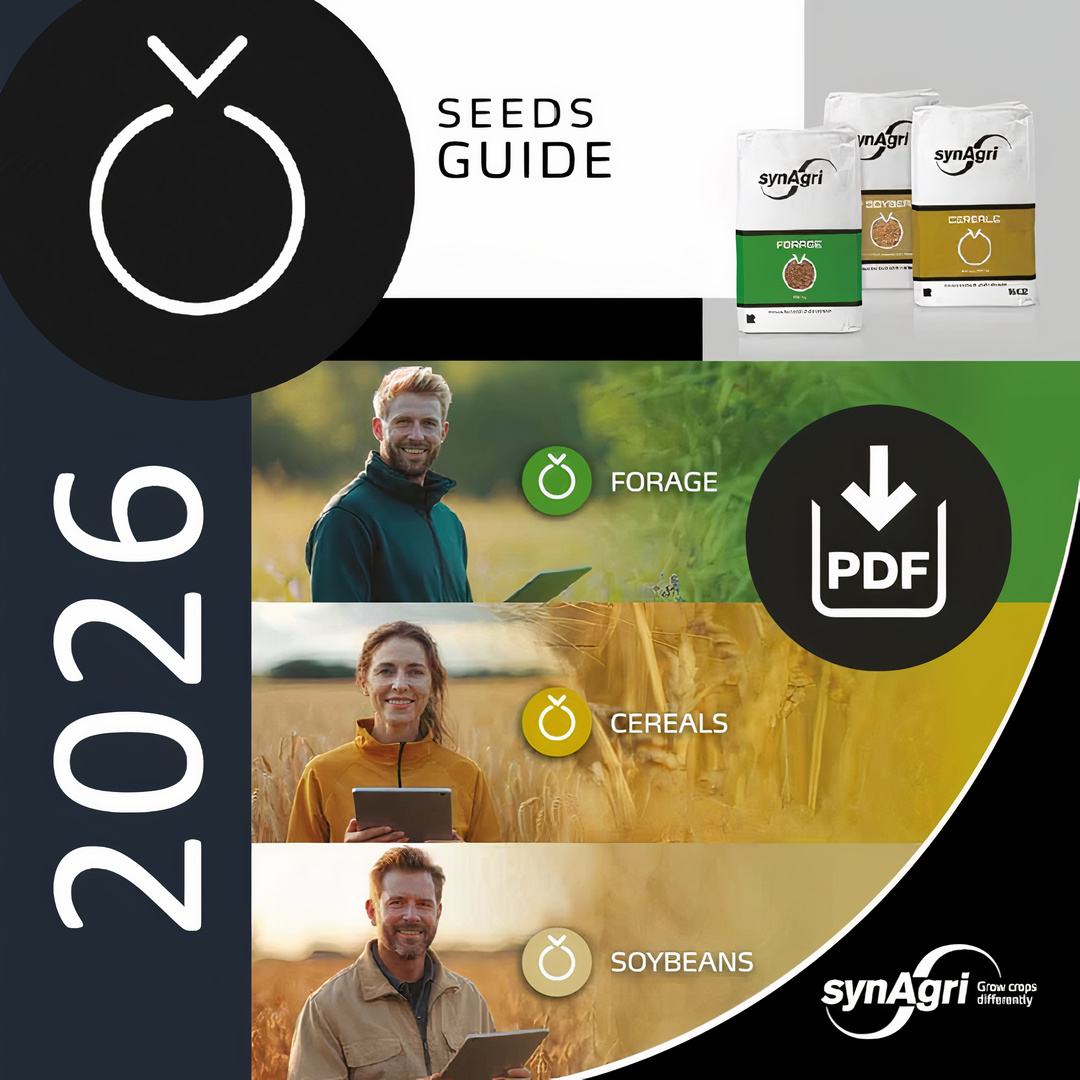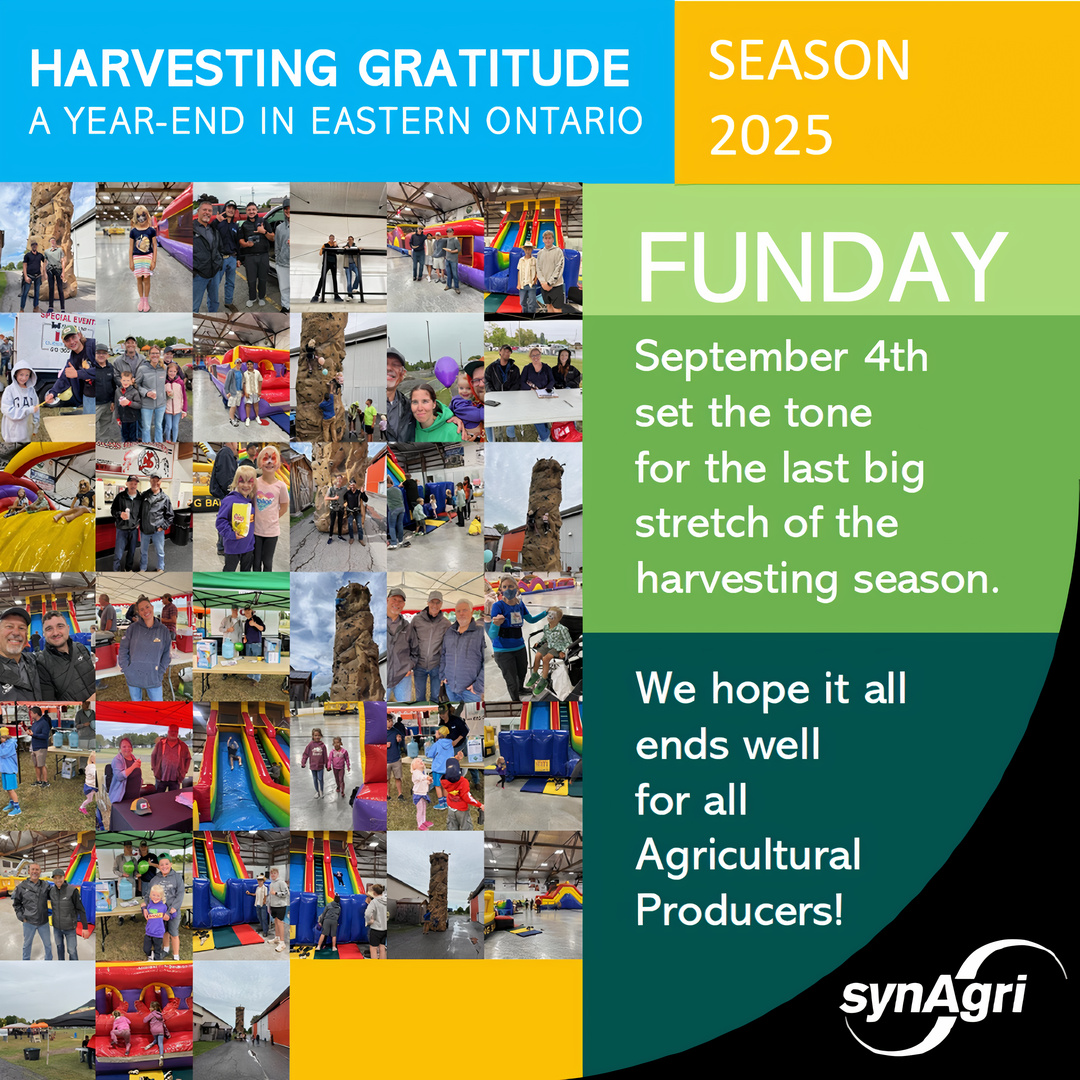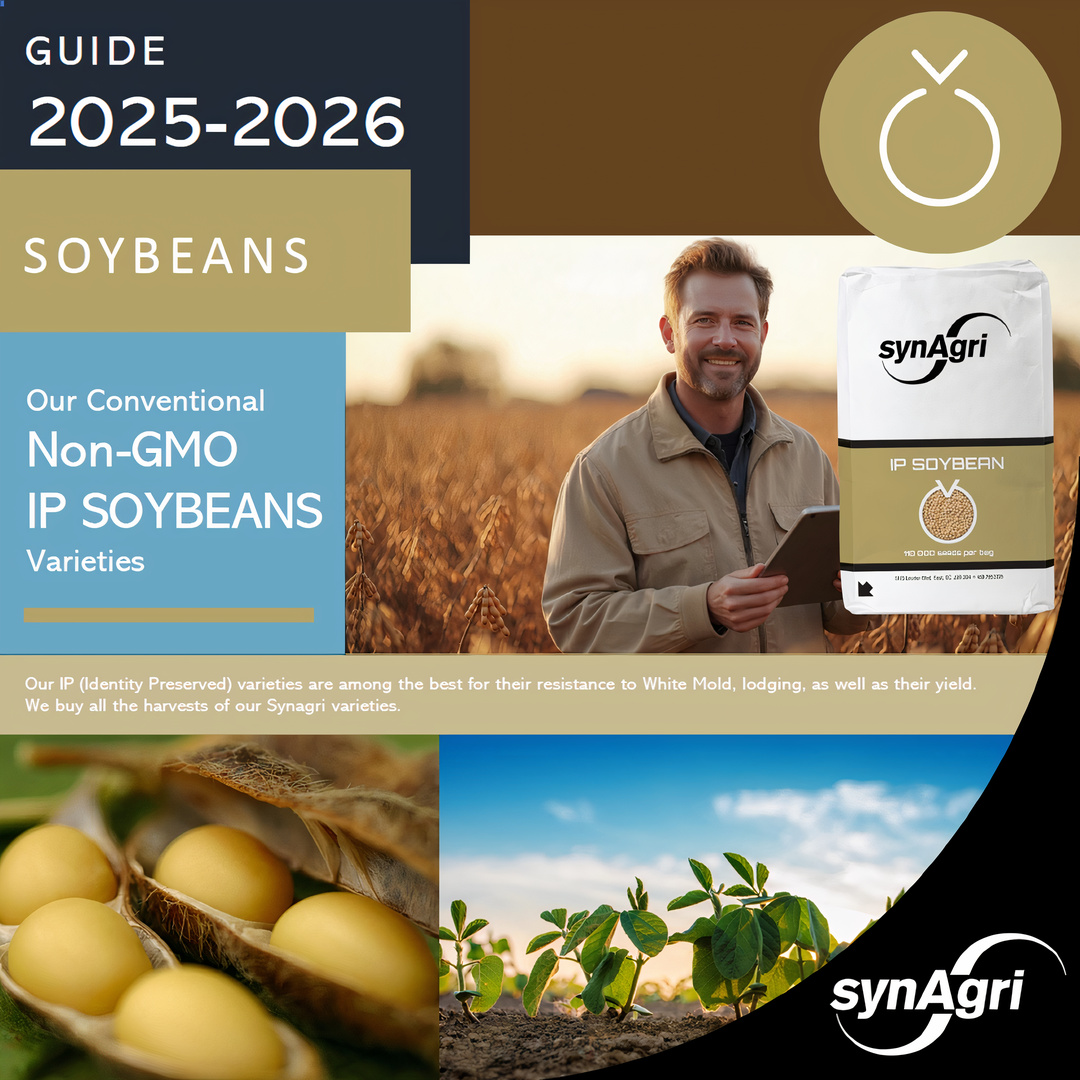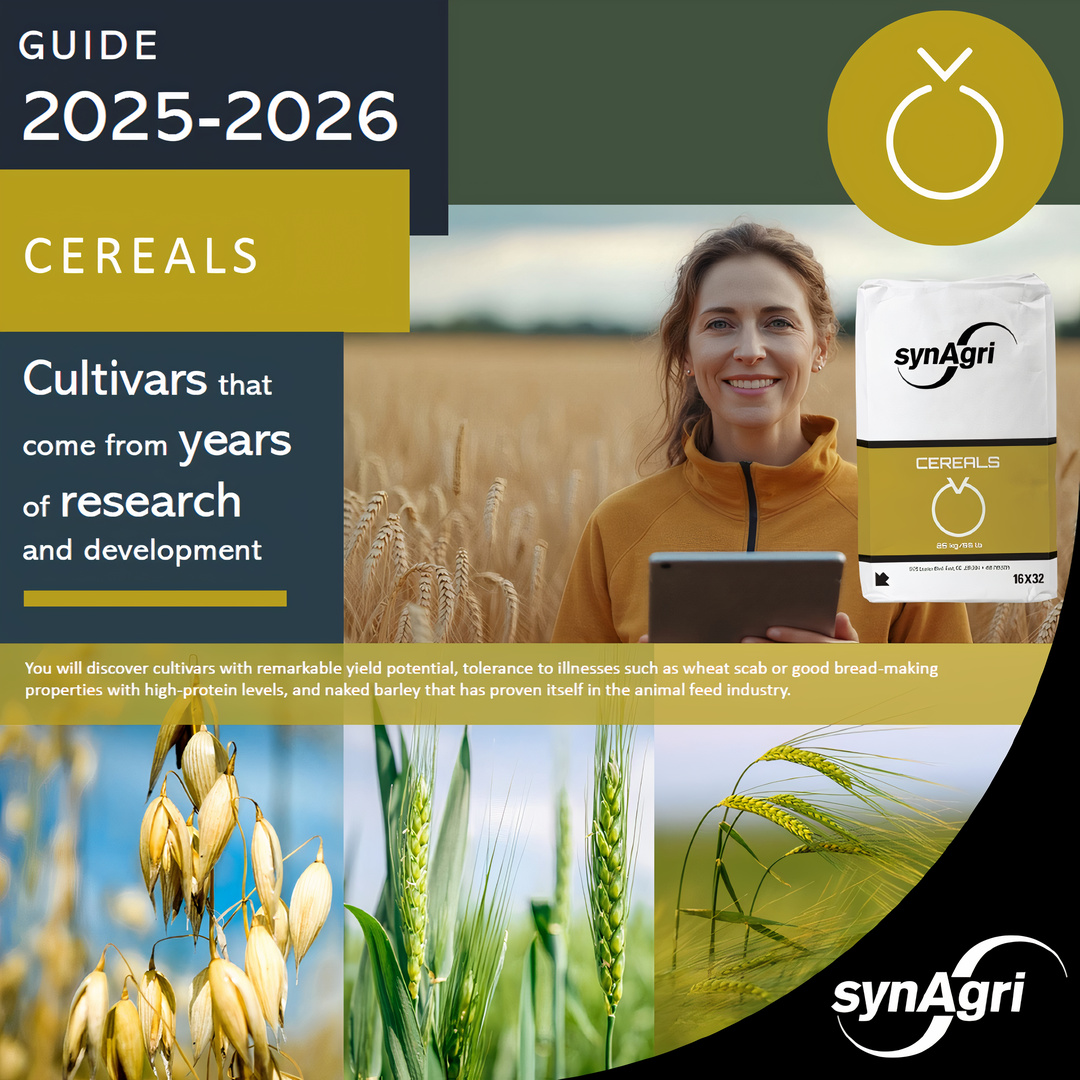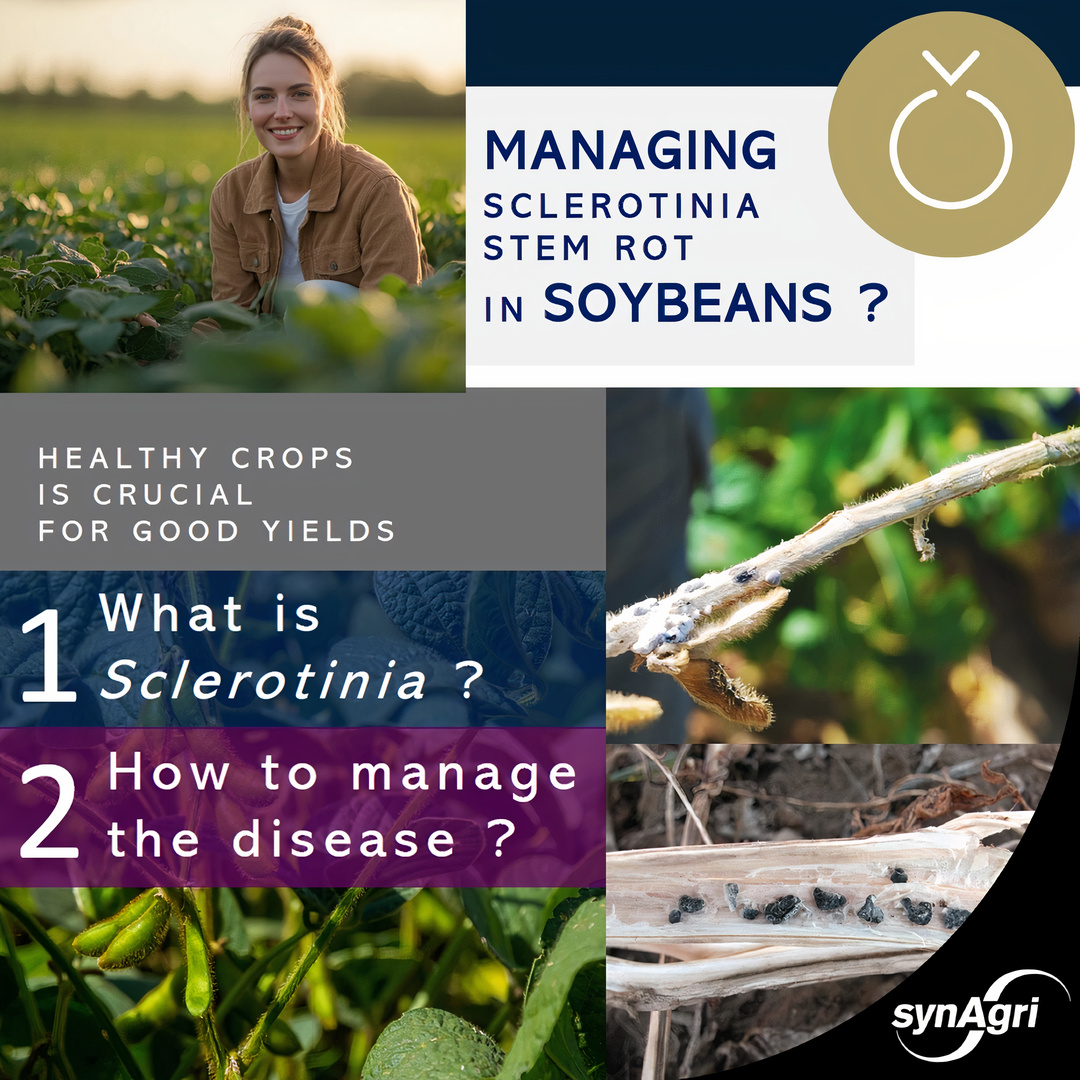In recent years, there have been noticeable changes in cultivation practices within the agricultural industry. One significant change is the increasing use of cover crops.
Agricultural producers are not only focused on achieving high yields and profitability but also on improving the health of their soils . They have recognized the importance of incorporating cover crops into their practices . This involves planting an intercrop alongside corn, soybeans, or cereals, utilizing green manure after harvesting cereals, or implementing riparian strips to minimize water and wind erosion . All these methods contribute to the goal of establishing a vegetal cover before the winter season .
By incorporating cover crops, farmers aim to achieve multiple benefits. These include reducing soil erosion, improving soil fertility, enhancing water infiltration, suppressing weed growth, and promoting biodiversity . The use of cover crops demonstrates a commitment to sustainable and environmentally-friendly agricultural practices .
🌱 WHY ADOPT COVER CROPS?
Today’s growers are looking beyond yield alone. By integrating cover crops after harvest, you invest in the long-term health of your soils and improve your fields’ overall performance.
✔️ Reduces erosion
✔️ Improves soil structure and fertility
✔️ Suppresses weeds
✔️ Enhances water infiltration
✔️ Contributes natural nitrogen
✔️ Increases biodiversity in the field
🎯 WHICH MIXES TO CHOOSE? HERE ARE OUR POST-HARVEST RECOMMENDATIONS, BASED ON YOUR OBJECTIVES:
🌿 SYN-CO STABILITY
Forage pea + Oat + Forage radish
🔸 Quick vegetative cover
🔸 Structures the soil and produces good biomass
🔸 Ideal to protect soils before winter
⚠️ Incorporate before radish goes to seed
🌾 SYN-CO LATE
Oat + Forage radish
🔸 Perfect if the season is late (less than 6 weeks before frost)
🔸 Rapid nitrogen scavenger
🔸 Enhances value of manure and organic fertilizers
🌱 SYN-CO NITROGEN
Faba bean + Common vetch + Clovers + Forage pea
🔸 100% legumes = maximum nitrogen fixation
🔸 Strong nitrogen contribution to next crop
🔸 Excellent choice before corn or demanding cereals
🌼 SYN-CO BRASSICAS
Daikon radish + Kale + Turnip + Mustard + Brassicas
🔸 Powerful soil decompaction
🔸 Fast-growing, dense cover
🔸 Improves surface fertility and helps control certain nematodes
🌾 SYN-CO BIOMASS
Forage pea + Forage radish
🔸 High biomass production even in cooler conditions
🔸 Good ground coverage, supports soil biology
⚠️ Incorporate before radish goes to seed
